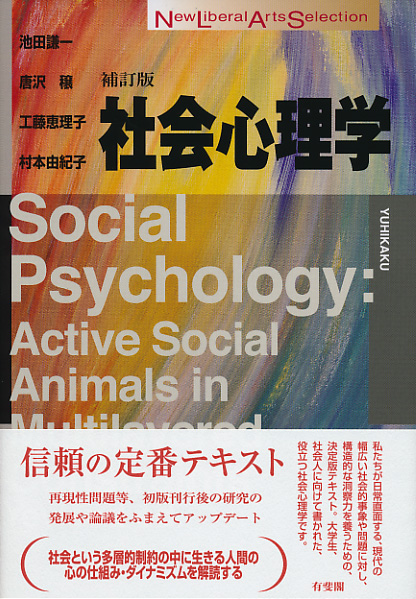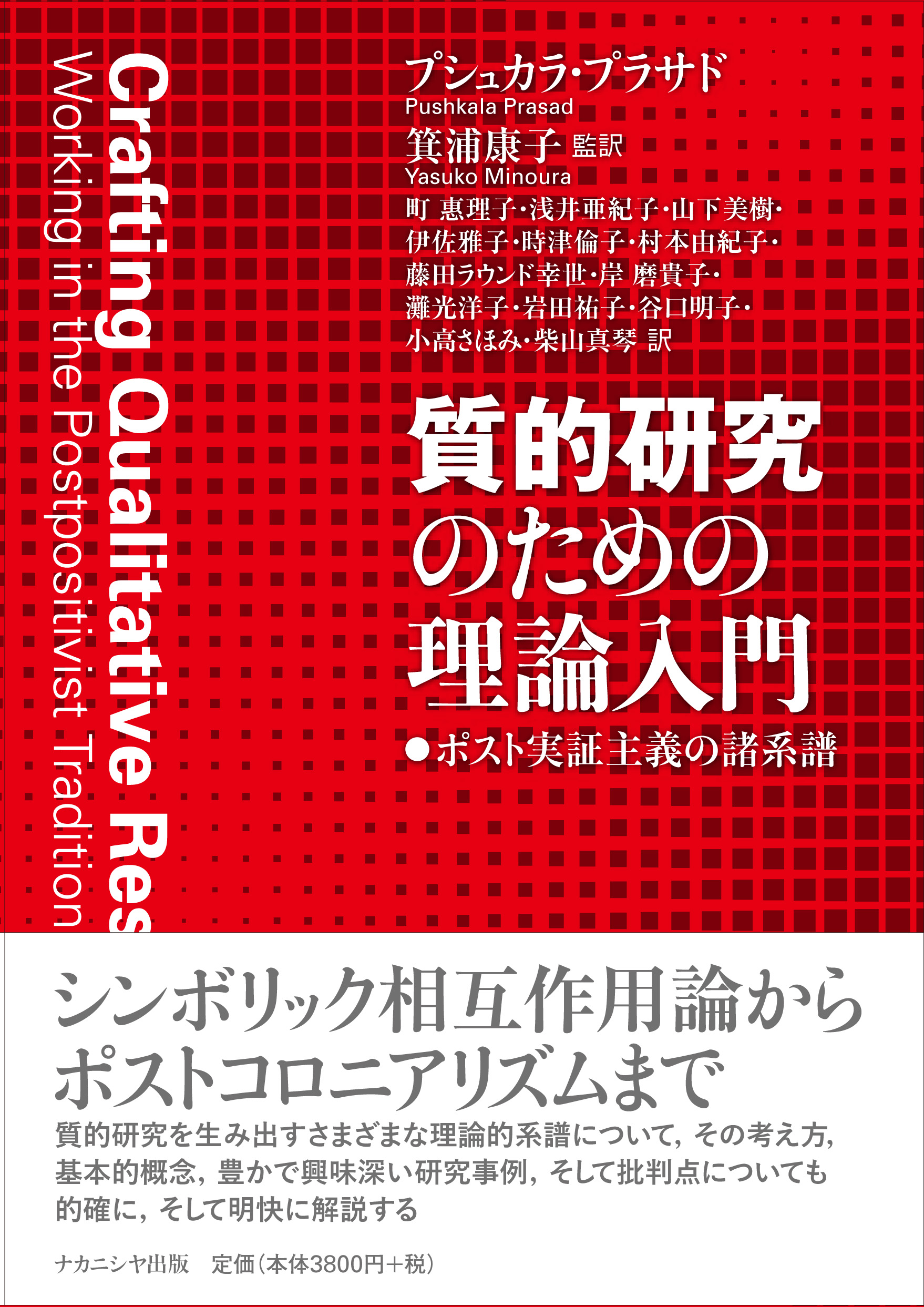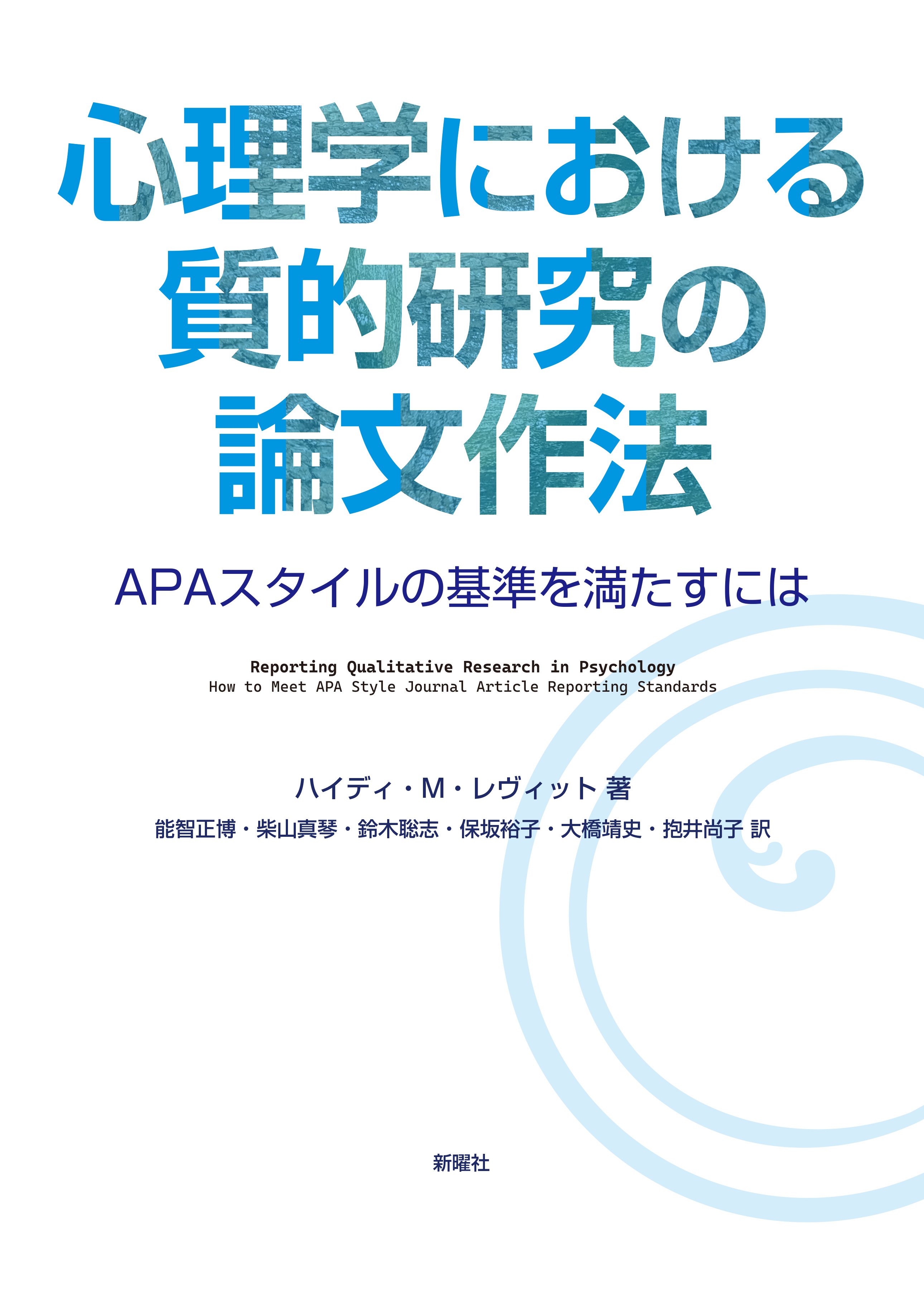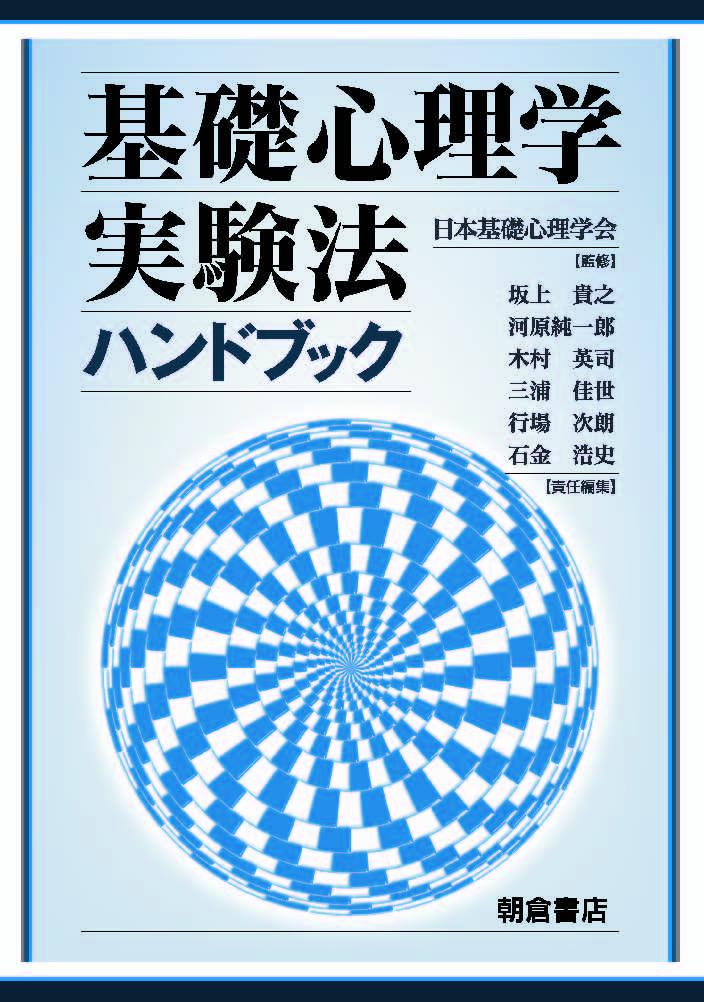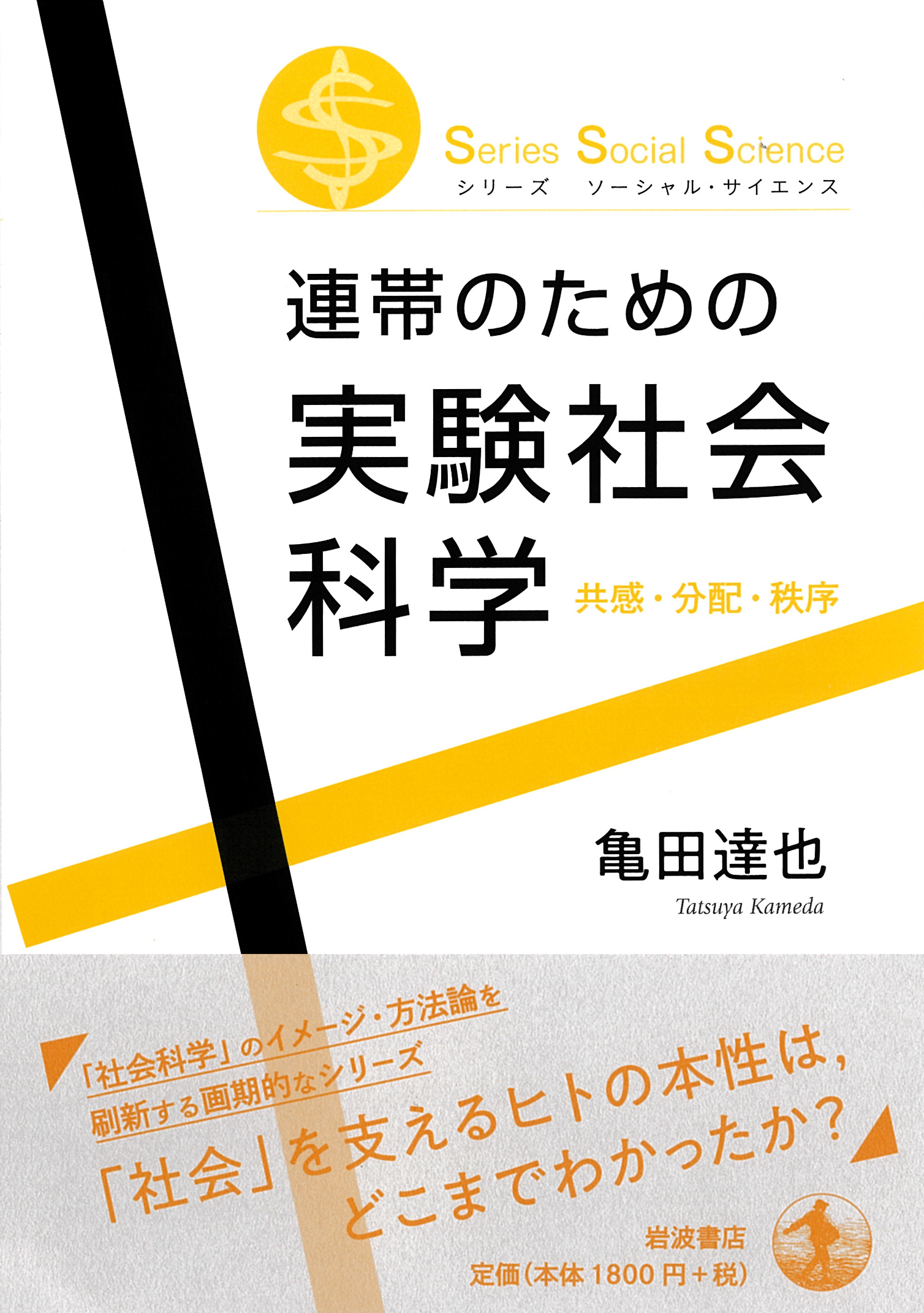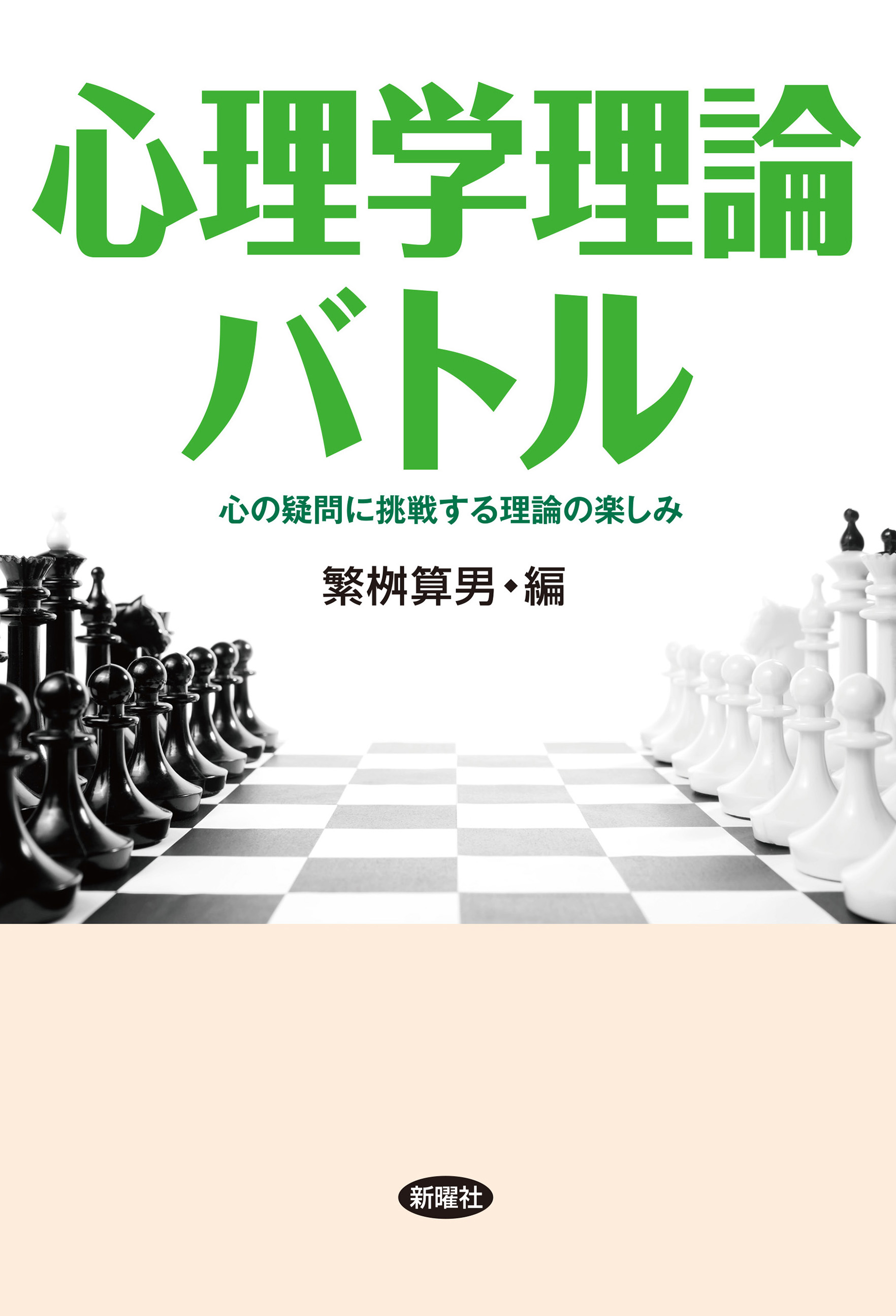
Title
Shinrigaku Riron Battle (Theory battles in psychology - Enjoy theories tackling questions of the mind)
Size
232 pages, 127x188mm
Language
Japanese
Released
September 15, 2021
Published by
Shinyosha
Book Info
See Book Availability at Library
Japanese Page
When I started studying psychology as a university student, I found many "theories" in the textbooks I picked up. At that time, I only learned these theories as knowledge and did not think about the "battles" exchanged over them. However, during a qualitative research methodology class in graduate school, in response to my observations from a new field study, my professor asked, "What is happening in the field you are looking at cannot be explained by the current group theory of social psychology, can it?" This was the first time I was taught that researchers could question existing theories. What I learned in this class made me aware of one of my important goals as a researcher: I wanted to challenge existing theories through healthy battles while constructing an original theory of my own.
This book contains many specific examples of battles that have been (or are being) fought in the process of theory building in psychology. Each chapter discusses and compares two or more theories on a single topic. In some chapters, the authors clearly endorse a particular theory; in others, they attempt to integrate several theories based on a thorough understanding of each. Notably, the axes on which the theories are compared vary across the chapters. For example, Chapter 2 introduces two major theories of the stages of child development by Piaget and Vygotsky, leading 20th-century psychologists both born in 1896. These two theories clearly show the difference in their views of development—Piaget's theory focuses on the universal developmental process of cognitive abilities inherent in the individual while Vygotsky's theory emphasizes the influence of interactions with others on development. Meanwhile, Chapter 3 considers how many personality traits there are and examines and criticizes the “Big Five” model, a five-factor model of personality traits that has been the most popular model in recent years.
Chapter 7, which I wrote, introduces two theoretical perspectives—"the cultural psychology approach” and “the adaptation approach”—that seek to elucidate the mechanisms that cause differences in thinking and behavior across cultures. Both approaches focus on the process of the mutual construction of the social environment (macro) and the individual mind (micro), but they differ significantly in terms of the perspective by which they shed light on it. The cultural psychology approach assumes that “the social environment is not merely an external factor that affects the individual mind but rather is embedded in the mind” and attempts to unravel the internal processes of the mind. The adaptation approach, on the other hand, views the mind as a set of strategies for adapting to a particular social environment and seeks to characterize that environment. This chapter provides specific examples of empirical studies that clearly demonstrate the difference between these two approaches and looks ahead to future directions for research on the mind and culture.
As the subtitle of this book advises, readers will "enjoy theories tackling questions of the mind" as they become familiar with these various theoretical battles. You can start anywhere—pick a chapter that interests you and turn the page.
(Written by MURAMOTO Yukiko, Professor, Graduate School of Humanities and Sociology / 2023)



 Find a book
Find a book



